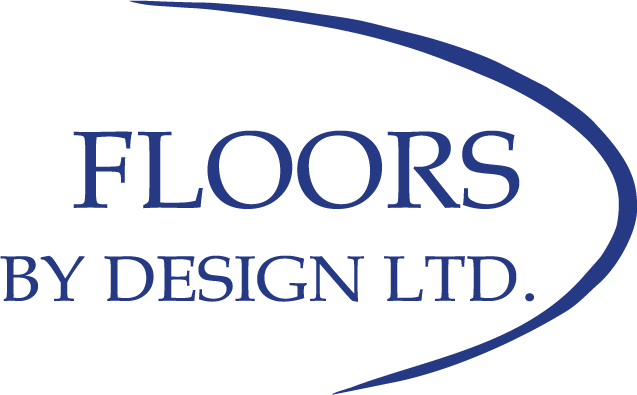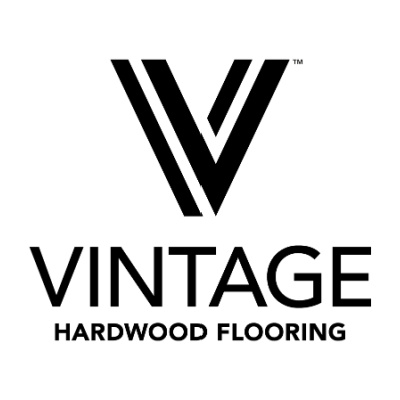Wood floors are a classic addition to any home. The natural characteristics of wood add depth and a visual appearance that many other types of floors try to duplicate. Rich, inviting hardwood floors can add long term value to your home.
Species
Species refers to the type of hardwood - oak, maple, cherry, hickory, etc. Species can be either domestic - grown in the U.S., or exotic - grown elsewhere in the world, typically in tropic or sub-tropic areas.
Each species has its own natural visual characteristics in three areas:
- Color – naturally occurring or applied with stain
- Grain – refers to the lines visible on a cut board
- Texture – naturally occurring or added during manufacturing
Solid vs. Engineered
Solid hardwood is milled from a single piece of wood, which can be repeatedly sanded making it last for decades. As a natural material, solid hardwood is susceptible to temperature and humidity changes and cannot be installed below grade or in damp spaces. It must be nailed or stapled to a wooden subfloor.
Engineered hardwood is created by bonding a thin layer of hardwood to a core of plywood or finger joints. These layers can withstand a wider range of humidity than solid hardwood. With the greater stability of construction, engineered hardwoods can have wider widths than solid hardwood – available widths now exceed 7.5” wide. Installation can include powder rooms and in basements. It can be stapled, glued or it can "float" (affixed to itself rather than the subfloor).
Durability/Hardness – Janka scale
Each species used in hardwood flooring has a unique hardness rating, which indicates its natural resistance to normal wear and tear in a home. A species receives a hardness rating based on its resistance to indentation in a hardness test. The higher the rating, the higher the durability of the hardwood. Brazilian walnut has one of the highest ratings at 3684, while yellow pine has one of the lowest at 690. Oak is the benchmark standard for hardness at 1360.
Humidity
If hardwood gains or loses too much moisture, problems can occur. Wood that gains too much moisture can cup. Cupping occurs across the width of a floor board, with edges that are raised on each board and centers that are lower than the edges – similar to seeing waves.
Wood that loses too much moisture can gap. Gapping occurs between floor boards. Gaps can vary in size and are considered normal if they appear and disappear during seasonal changes in humidity. Gaps are not considered normal if they are larger than the width of a quarter or do not close during more humid months.
Both of these issues can be minimized by maintaining an environment that is consistently between 60-80ºF, and 30-50% humidity. Significant fluctuations outside these ranges can result in cupping or gaps. However, consult the manufacturer’s recommendations for your specific product.
Installation
Nail-down – attached with staples or cleats
Glue-down – attached with adhesive
Floating (Engineered wood only) – floor boards are not attached to the subfloor, but attached to each other – usually by tongue and groove.
Finishes
There are varying finishes that can be applied to your hardwood floor to create the look you want to achieve in your home. Semi-gloss, cashmere, or ultra-matte finishes can have different looks based on the textures that are applied to the wood: brushed, hand scraped, oiled or smooth. Generally, flatter finishes, like cashmere and ultra-matte, absorb light and help to hide dirt and scratches. Brighter finishes, like semi-gloss, reflect light and give flooring a luxurious shine.







